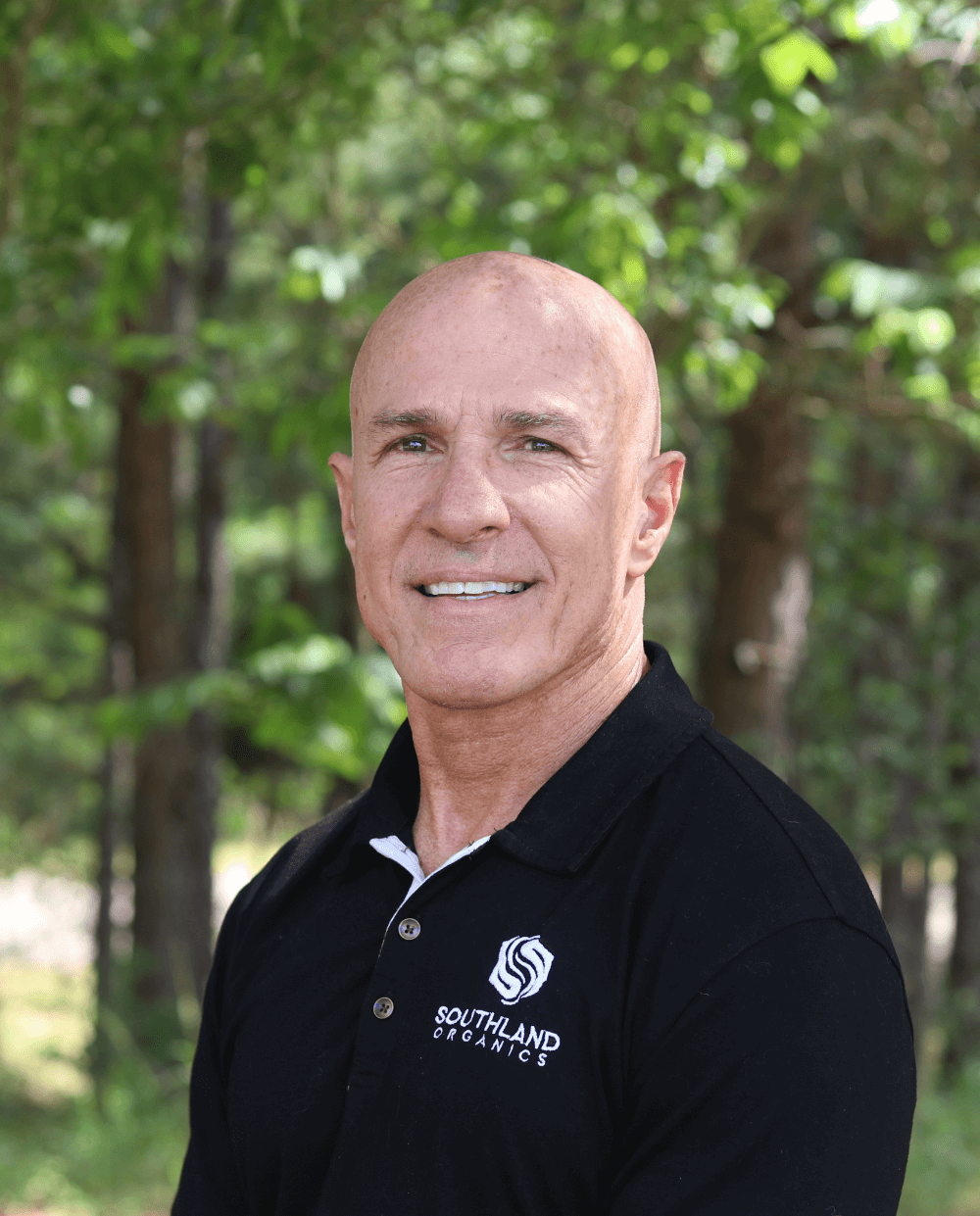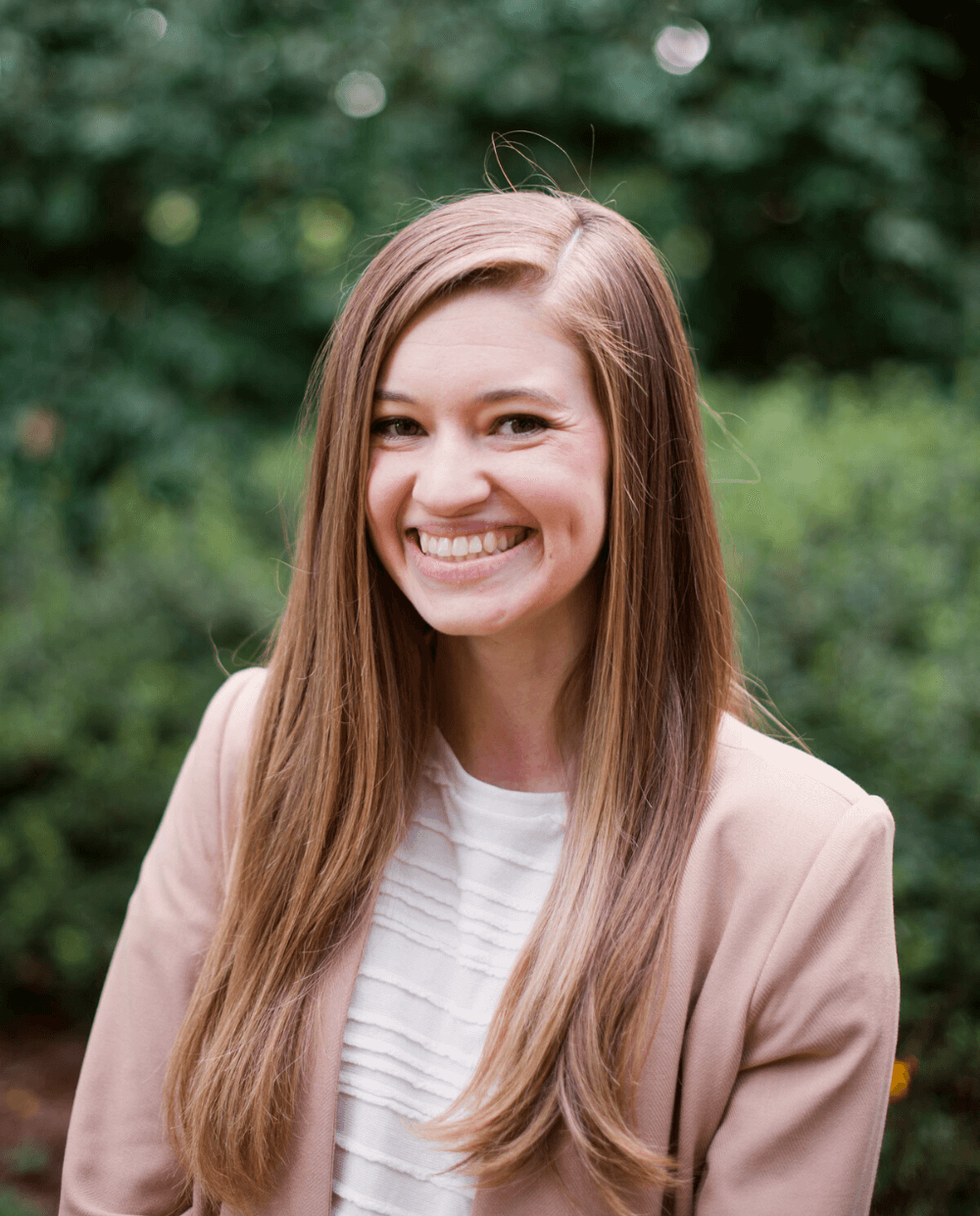When it comes to water, birds are like Goldilocks—they don’t need too much, and they don’t need too little. Be sure you’re supplying the amount of water that’s juuuust right.
Poultry farmer Jason Jackson continues the water pressure discussion by sharing the formula for calculating adequate flow rate and the process he uses for measuring the actual flow rate coming out of each nipple in his drinker lines.
Birds’ beaks can only hold so much water. If water pressure is too high, the water will spill out of their beaks, causing damp litter conditions and higher house humidity.
If you notice your water meter showing an increase in water usage, that doesn’t mean your birds are consuming all of that. Like we discussed in more detail in Tips for Monitoring Water Pressure in Your Poultry Houses, some of that water could be escaping birds’ beaks and ruining the litter quality. Water usage and water consumption are two different metrics. It’s important to find the right balance, and the only way to know is by manually checking the nipples.
Prior to checking the nipples, calculate the adequate flow rate. That way, you’ll be aware of the correct amount of water coming out of each nipple. In general, to calculate adequate flow rate in ml/min, add 20 to the birds’ age in days. See the example below for 21 day old birds.
21 days + 20 = 41 ml/min
A common practice is to check the nipples closest to and farthest away from the regulator. This is a good starting point, but a better rule of thumb is to check the majority, if not all, of the nipples. To do so, use a measuring cup graduated in ml or cc. Hold the measuring cup up against the nipple to trigger it. As soon as water starts flowing into the measuring cup, start a timer for 30 seconds. Once the 30 seconds are up, immediately stop, remove the measuring cup and check the amount of water in the cup. Since you only collected water for 30 seconds but adequate flow rate measures by the minute, simply multiply the amount by 2. This number tells you the amount of water (ml) coming out of the nipple per minute. It should be pretty close to your previously calculated adequate flow rate. If the number is significantly higher or lower than the rate, then readjust your standpipe’s water column height accordingly. Follow this procedure for the majority of the nipples on the drinker line, choosing them at random—or test every nipple to ensure complete accuracy.
Since water is one of the best ways to add weight to birds, calculating adequate flow rate and manually checking each nipple’s flow rate are vital for both your birds’ overall performance and your bottom line.
If you have any questions about water pressure, reach out to Jason directly at jason@southlandorganics.com. He's happy to help. If you need anything relating to poultry biosecurity, need help troubleshooting problems on your farm or simply want to learn more about what we do, connect with me, Allen Reynolds, anytime at allen@southlandorganics.com or 800-608-3755.
Check us out on YouTube and subscribe for more helpful, educational topics!







